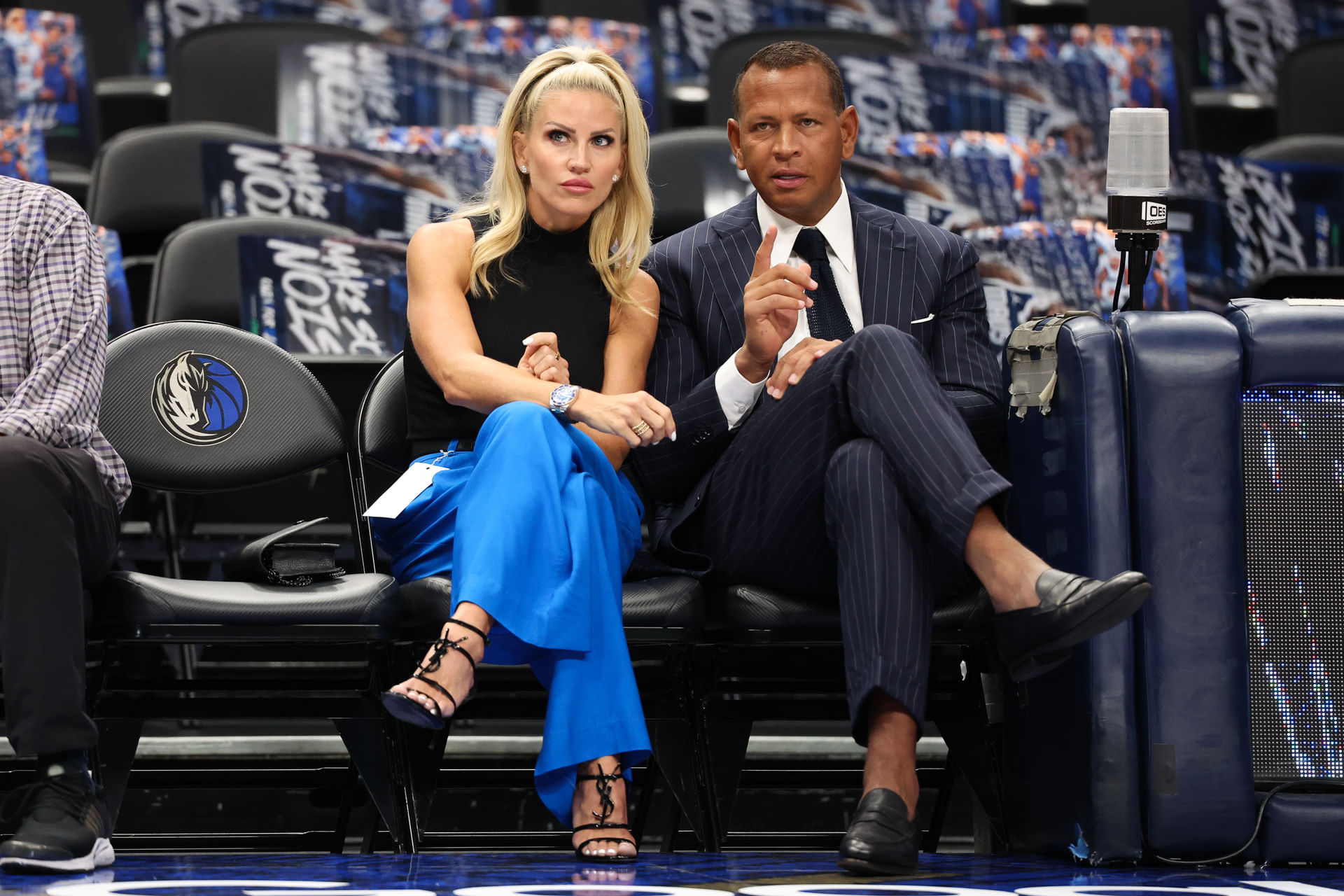Every once in a while, an exercise will catch fire on social media, for either the sheer number of people who are doing it, or because of intense debates about whether it works or not. The most recent one is the khaotic push-up, named after the person who apparently invented and popularised it.
It all started with a couple of videos uploaded by popular YouTube channel That’s Good Money nine months ago. Dedicated to “videos of calisthenics practitioners doing workout routines, challenges and competitions”, the channel uploaded a 35-second ‘short’ titled The best 150 push up routine ever created to build strength and endurance. It currently stands at 47 million views. It then added longer versions of the creator—Khaos—explaining what the push-up is all about.
“10 push-ups is one rep,” Khaos says in one of many videos on his Instagram page@omertakhaos. The routine starts off with a standing-to-push-up-position crawl-down. Thereafter, it’s one push-up before every move. This is how it goes: push-up followed by shoulder tap, push-up followed by shoulder tap (other side); push-up followed by knee-tap, push-up followed by knee-tap (other side); and so on, with push-up done before and after a toe-tap, a toe-reach, and a Mike Tyson push-up. It ends with a crawl back up to both feet and a single squat.
Khaos says that he doesn’t want credit for the exercises, but the order of doing them and taking the move to his calisthenics clubs is all him. “Call it the chaos push-up or the chaotic push-up, just make sure you put a ‘k’ in front of it,” says the pro-boxer, who has been boxing in America’s national circuit for the last couple of years.
In a longer video of the initially viral posts, titled The history of the khaotic push up routine, the best push up routine ever created, Khaos talks about being in a house arrest situation a few years ago. “It was for a year and I was getting bored at home and I was always into calisthenics. It comes from the family, they workout a lot,” he says, explaining how he was meticulous in recording every push-ups, sit-up and pull-up that he did in that year. He can also do 150 khaotic push-ups, which is an extremely difficult task. I tried 10 the other day as a warm-up before swimming and that alone was a gut buster.
So is it worth it? Absolutely. But there isn’t enough reason to do 150 of these. A few before or after or even during a workout are perfect to set you up, unless completing fitness challenges is something of interest.
The selection for the move has merit and it has a flow as well. But despite the single squat at the end for the legs, this is mainly a chest, shoulders and core exercise, testing stability and strength throughout the routine. Shoulder taps are one of the first few variations to add once the basic push-up has been mastered. And the tapping of the knee almost works like a drunken mountain climber. The third move, of tapping the toes, adds more compression to the core area and works the obliques harder since you’re touching the right toe with the left hand and vice-versa.
It’s the last one that is the real tester. The push-up to toe-touch is unlike a toe-tap. In this one you stretch all the way up from the push-up position and then to a downward dog and touch the hand to the opposite leg’s toe and return, before repeating the other side. This is where the hamstrings kick in since you want to keep the legs as extended as possible.
This, followed by the Mike Tyson push-up, is where the game changes. This variation is a high push-up done with a rocking motion, going back into a squat with the palms still on the floor, before diving into a push-up. As a side note, while doing just this particular variation, it is recommended to support the soles of the feet on a wall with the toes supported by the ceiling.
Where Khaos has struck gold is in the progression: the order of push-ups go from easier to tougher variations. It also promotes body coordination, which is one of the main motivators when it comes to learning variations with all the limbs moving in sync. The legs are working, the core is working and the upper body is doing a lot of lifting as well. The fact that one rep is actually 10 is also clever, because the one rep actually feels like 10. If you’re someone who follows full-body splits, this is a great way to set up the body for compound lifts. As a standalone workout, hitting 25-40 reps should feel like a full workout.
Pulasta Dhar is a football commentator, writer and podcaster.




